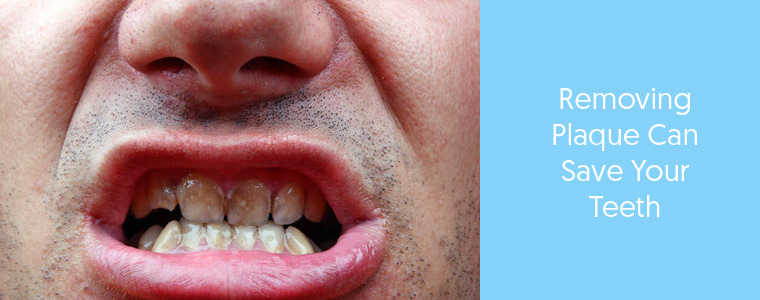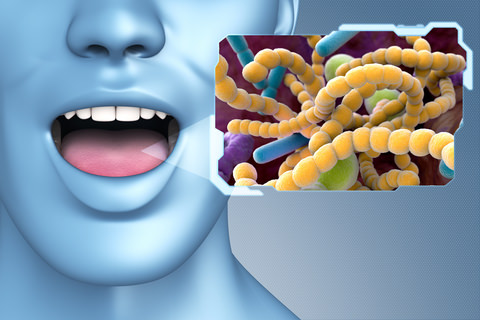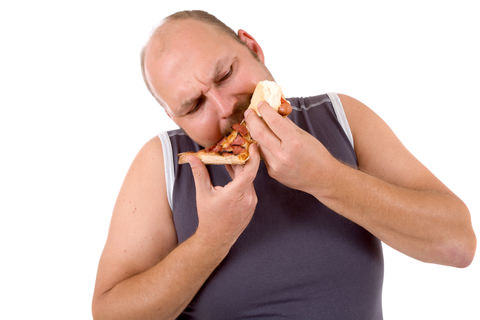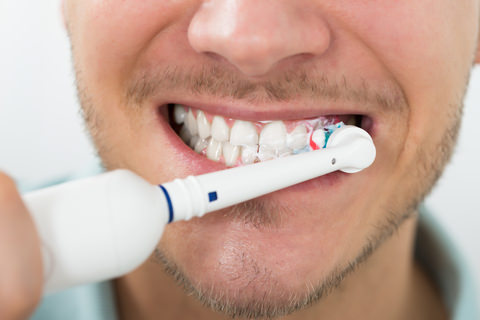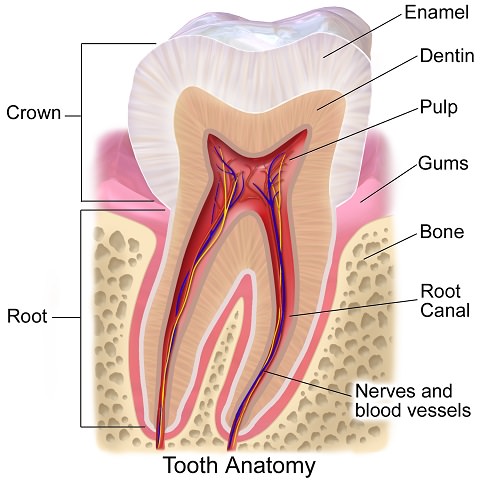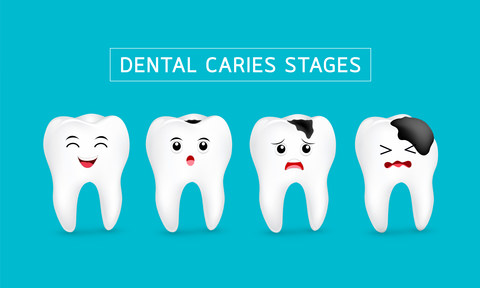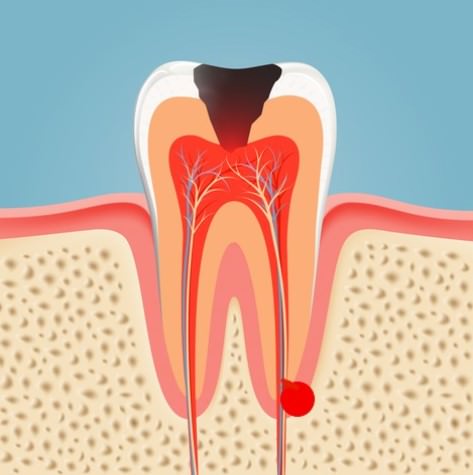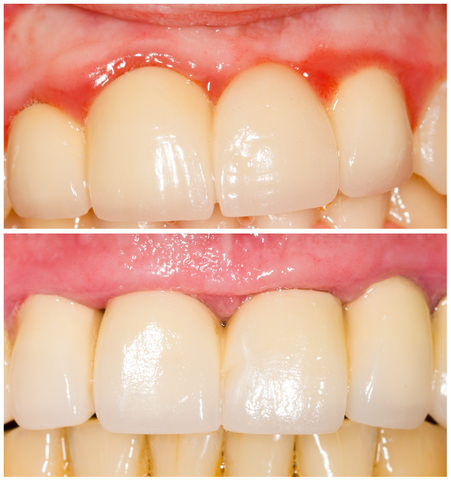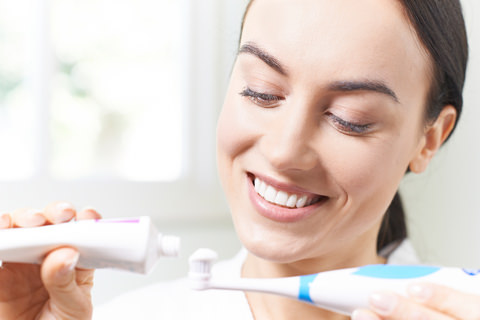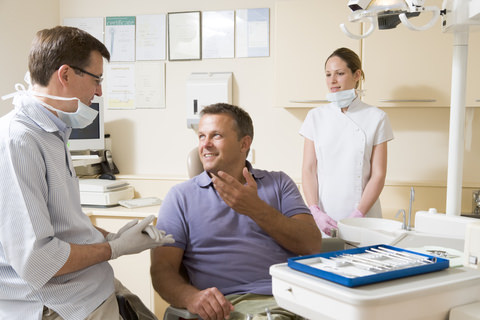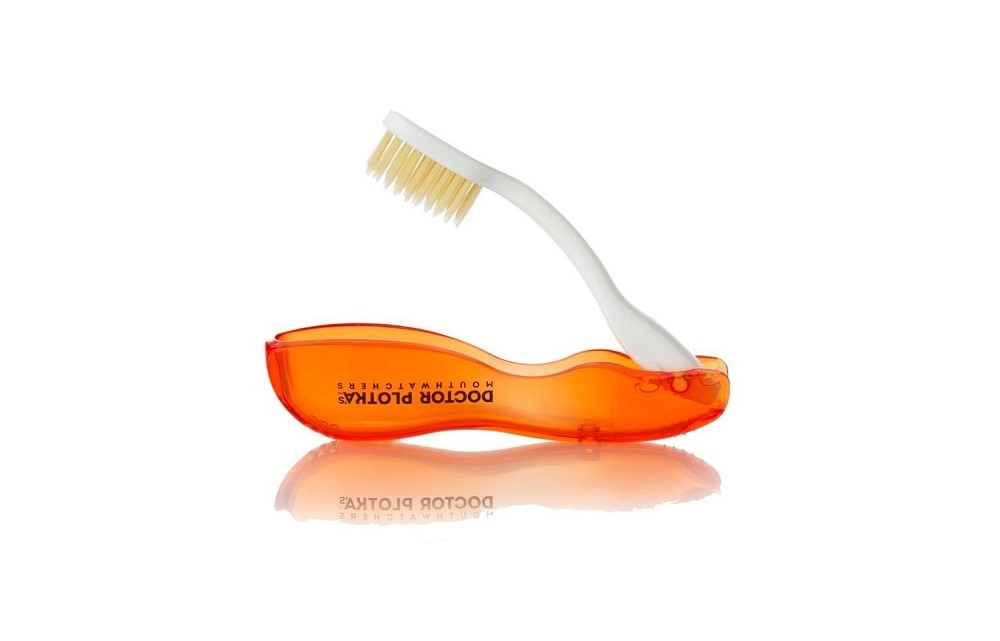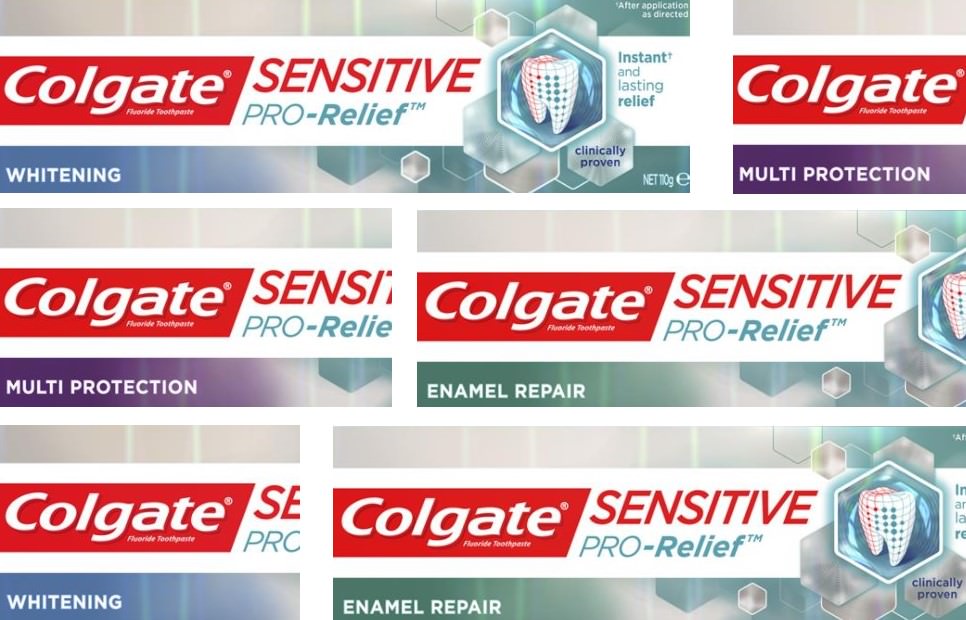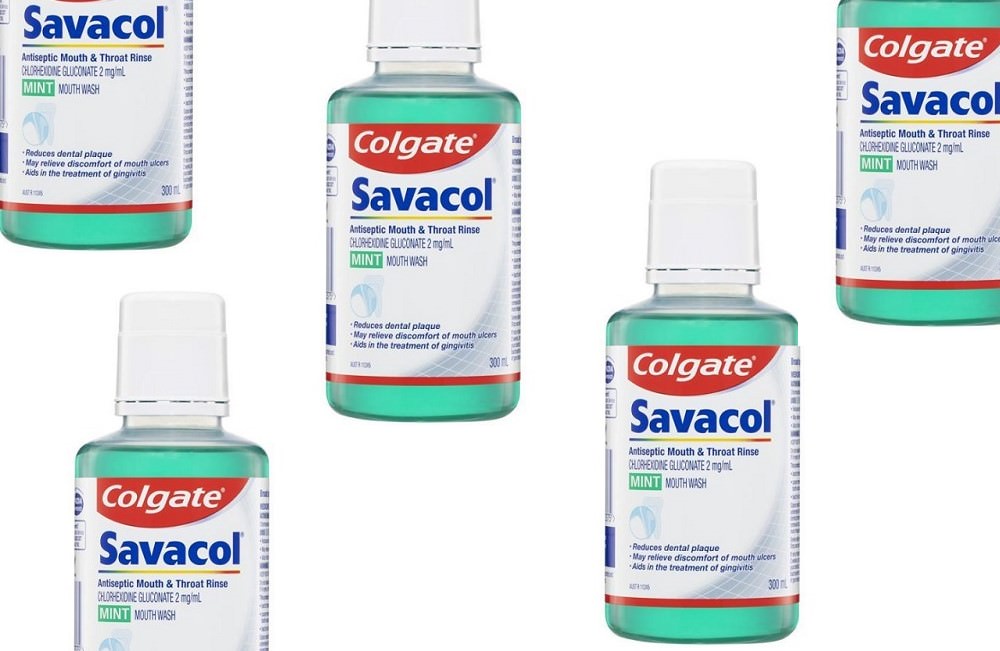Plaque: What is it and How to Remove it
Scientifically, plaque is a sticky transparent film of bacteria that forms over your teeth. It makes your teeth ‘feel fuzzy’ when you rub your tongue over them.
Dental plaque is sticky, colourless bacteria which builds up along the gum line.
Formation of plaque is inevitable due to the constant interaction of the bacteria present in the teeth and the food that you consume.
Don’t worry just yet! Everyone who has teeth has plaque, and it keeps on forming as you consume food and drinks. It is a continuous process, one that only routine oral hygiene can break up.
This post will discuss why plaque is harmful, the causes behind plaque buildup, and how to fight against the buildup of plaque.
What is Plaque?
Your mouth is full of bacteria. Yes, that’s true.
There are several types of bacteria present in the mouth, and while some of the types are good for you, there are a few that can prove harmful.
Plaque is a microbial biofilm – essentially a community of micro-organisms that are found on the surface of your teeth.
According to research, biofilms (like plaque) are highly diverse and communicative microbial communities.
Such an interactive and cooperative nature of these microbial communities leads to the plaque being highly resilient and resistant to antimicrobial agents.
Allowing food or drink leftovers to remain on the surface of the teeth is what gives way to plaque buildup.
Coupled with a poorly maintained oral health regime, it can lead to severe deterioration of the gums and teeth.
Dental Plaque is termed as such because the mass accumulation of plaque leads it to have a yellowish colour – a reminiscent of mucosal plaques, which is caused by syphilis.
Plaque develops when food items that contain carbohydrates (sugars and starches) are left on the surface of the teeth.
Examples of carbohydrate including foods are milk, cake, candy, sweets, and raisins.
Bacteria, carbohydrates, food particles, and saliva – these are the ingredients for plaque growth, and they are present in every mouth.
After a person consumes a meal with carbohydrates, it combines with the bacteria present in the person’s mouth to secrete acid.
The acid then combines with leftover particles and saliva in another chemical reaction that causes the acid to become sticky and hard.
That hard and sticky substance is termed as dental plaque.
Why is Plaque Harmful?
Dental plaque is ever-present, and it continuously builds inside your mouth.
Regular oral health routines like brushing and flossing keep breaking it down.
However, the majority of the people miss out on flossing, and due to its continuous buildup, some of the plaque is left behind to solidify and accumulate into tartar.
Erosion of Enamel
As time passes by, and in the absence of a sound oral hygiene routine, which includes trips to a professional dentist, plaque begins to accumulate and eat their way through your tooth’s protective layer – the tooth enamel.
Enamel is the strongest and the highest mineralised substance of your body which protects the tooth crown; it is critical to maintaining oral health.
Enamel forms a barrier that protects the inner layer (dentin) of your teeth from acids and plaque.
Unlike other parts of your body, it cannot regenerate which is why it is essential to protect your enamel.
Tooth Decay
Plaque accumulation eats away enamel and exposes your teeth’s inner sensitive layers to outside acids and bacteria.
Once inside the inner layers, plaque gradually builds up and causes cavities.
Cavities are destructive for oral hygiene and they can cause gradual degradation of the teeth, which causes tooth decay. Which, in turn, brings about another host of dental problems.
Tooth Abscess
Furthermore, if left untreated, a tooth abscess can lead to a tooth abscess.
A tooth abscess is a severe dental condition which leads to a collection of pus formed inside the gums.
A tooth abscess can also occur inside the bone that holds the teeth in place.
Plaque development on the tooth roots present beneath the gum line will cause the bone to be ‘eaten away’ by the acid.
Abscesses and cavities are caused when bacteria infect the sensitive areas of your teeth, due to the erosion of the enamel layer which protects the teeth.
Plaque damage does not stop with tooth abscesses and cavities; there are more cons to it.
Gingivitis and Periodontitis
Ignoring plaque and letting it build leads to a commonly found gum disease called Gingivitis.
Gingivitis is the inflammation of your ‘gingiva’ – the part of your gum which is present around the base of your teeth.
Symptoms of Gingivitis includes red and puffed up gums which bleed easily, even when in contact with a toothbrush.
If left unaddressed, Gingivitis gives way for the more severe and severe: Periodontitis.
Periodontitis is a severe gum disease which destroys gum tissue and the bone supporting the teeth.
The teeth bleed easily and loosen from the teeth pocket, leading to teeth loss.
Heart Diseases
The bacteria from dental plaque interacts with food, saliva, and drinks – all of which make way to our stomach.
The plaque can also enter our bloodstream through destroying the gum tissue and accessing the bone underneath.
From there it can potentially infect vital body organs such as lungs and heart.
Plaque can also disseminate into the wall of the blood vessels and cause atherosclerosis – a disease which leads to narrowing of the blood vessels.
This results in heart diseases such as myocardial infarction and myocardial ischemia.
It’s important to understand that more research is required to link plaque buildup and that of gum disease to heart disease.
If you would like to know more, you can find it here.
Tartar
Dental Plaque has a more evolved form: Tartar, also known as Calculus.
Tartar is a calcified, solidified form of dental plaque. This process occurs when plaque is left to remain on the teeth for an extended period.
Tartar is difficult to remove through standard toothbrush or floss routines. It must be scraped away under the supervision of a dental professional such as a dentist or dental hygienist.
Disclosing Tablets
Disclosing tablets are specially manufactured tablets that contain a red dye that stains plaque infected areas in the mouth explicitly.
Take one tablet, and chew it thoroughly so that the mixture of the saliva and dye over the teeth and gums cover the teeth completely.
The advised duration for moving the mixture across your mouth is 30 seconds.
Rinse your mouth with water afterwards and carefully examine your teeth, with the naked eye or a small dental mirror.
The areas infected with dental plaque will be dyed red while the rest of the teeth will be as before the dye.
Plaque Light
In this method, you are required to swirl a special fluorescent solution around your mouth.
This method also takes about the same time as disclosing tablets, required to be rinsed for around 30 seconds. After which the mouth is to be rinsed with water.
Take out the ultraviolet plaque light and shine it inside your mouth. The light will highlight the areas infected with plaque in a bright yellowish-orange hue.
This method offers a clean alternative for you, as it leaves behind no stains in the mouth as opposed to disclosing tablets.
General identification parameters include swollen and puffy gums or bad breath and yellowing teeth. In a professional setting, dentists make use of sophisticated dental tools to identify plaque.
How to Remove Plaque?
I’m going, to be honest; Plaque cannot be prevented entirely, neither can you get rid of it completely.
However, it can be (and should be) reduced to as low as possible through continuous maintenance of your oral hygiene.
This article will share some tips that help prevent plaque buildup and reduce the risk of more severe diseases.
Don’t Skip Brushing
I know that you know you should brush your teeth. But how often should you brush and what technique should you implement when brushing?
We are only as good as the people we have watched, either from personal interactions or informative posts or videos.
Brushing is relatively simple and easy to do but most are incorrectly brushing their teeth. Find out below some helpful tips on brushing your teeth properly.
Brushing: How Often do Experts Recommend?
Ideally, dentists recommend brushing after every meal; it removes plaque, leftover food particles and any other thing that remains on the surface of the teeth.
An important thing to note is that the interval between meals and brush should at least be half an hour. That ensures the enamel, which is weakened by food consumption, doesn’t get eroded while brushing.
However, brushing after every meal is impractical for some and too cumbersome for some, which is why the best practical example is to brush twice a day; especially before sleeping.
It is important to get your bedtime brushing habit maintained.
Skipping your bedtime brush means allowing plaque to sit on your teeth all night long which is considered quite detrimental.
- Use a soft-bristled toothbrush, hard bristles damage gums and worse may cause bleeding.
- Use a brush in good shape. Toothbrushes usually wear away in 3 months and worn down brushes don’t work well.
- Hold your toothbrush at a 45-degree angle to your gums as you brush.
- Be gentle with your brush strokes.
- Move the brush around in a circular motion.
- Cover the whole mouth. Outer teeth, inner surfaces of the teeth as well as the top.
- Use a tongue-cleaner equipped brush or use your bristles to scrape away bacteria from your tongue.
- Spend time while brushing. A good 2-3 minutes constitutes a good session.
Below is a video of me brushing Anthony’s teeth at the surgery. Watch how I take my time and how slow and gently I move around his teeth and gums.
Hope this helps you.
- Take approximately 20 inches of floss, wrapping one end around each of your two middle fingers.
- Hold the floss tight between your thumbs and forefingers, and gently push the floss between two teeth.
- Rub the floss into a “C” shape on the side of each tooth you floss.
- Move the floss both ways vertically and continue to press it against your tooth. Be careful not to snap on the floss, or it will break.
- Floss the back of your teeth as well for maximum cleanliness.
- Repeat this process for all your teeth.
There are many substitutes available is flossing doesn’t appeal to you.
Interdental picks, pre-threaded flossers, water flossers, and wooden plaque removers.
- Items made of potato – fries, mashed potato, etc.
- Bread.
- Alcoholic Drinks.
- Carbonated Drinks such as soft drinks.
- Jollies – especially those that stick.
- Foods containing starch.
These types of foods not only leave behind much of leftover particles but also cause teeth decay.
Keep Seeing Your Dentist
While other methods are also very helpful in preventing plaque from building up and causing harm, there is no substitute for professional help.
Dentists and dental hygiene professionals are qualified and equipped with the technology and instruments that reach and eliminate dental plaque and other destructive bacteria effectively.
Their expertise and qualifications make them better at detecting the issues you may face.
Moreover, dentists may also add to your technique and oral health regimen due to their experience.
Experts advise a trip to your dentist every 6 months.
Irregular visits give plaque a chance to build up and solidify into tartar, further hindering oral health.
Plaque is constantly building up in your mouth, which is why it is essential to maintain oral health through constant brushing and flossing.
Add bi-annual visits (every 6 months) to the dentist, and you can rest assured your pearly whites will keep shining for years.
Conclusion
Dental plaque is something that can easily be treatable.
The main things to remember is to brush and floss your teeth regularly. If flossing isn’t a picnic, try interdental picks.
The third part of reducing and keeping plaque at bay is to make appointments to see your dentist.
If you get into this habit, dental issues that may come up will be identified early and most likely treated in time.
Concerned about your plaque? Touch base with me in the comment section below or Ask Dr V at the top of the page.
By Dr. V
Created at September 13, 2018, Updated at May 08, 2025


